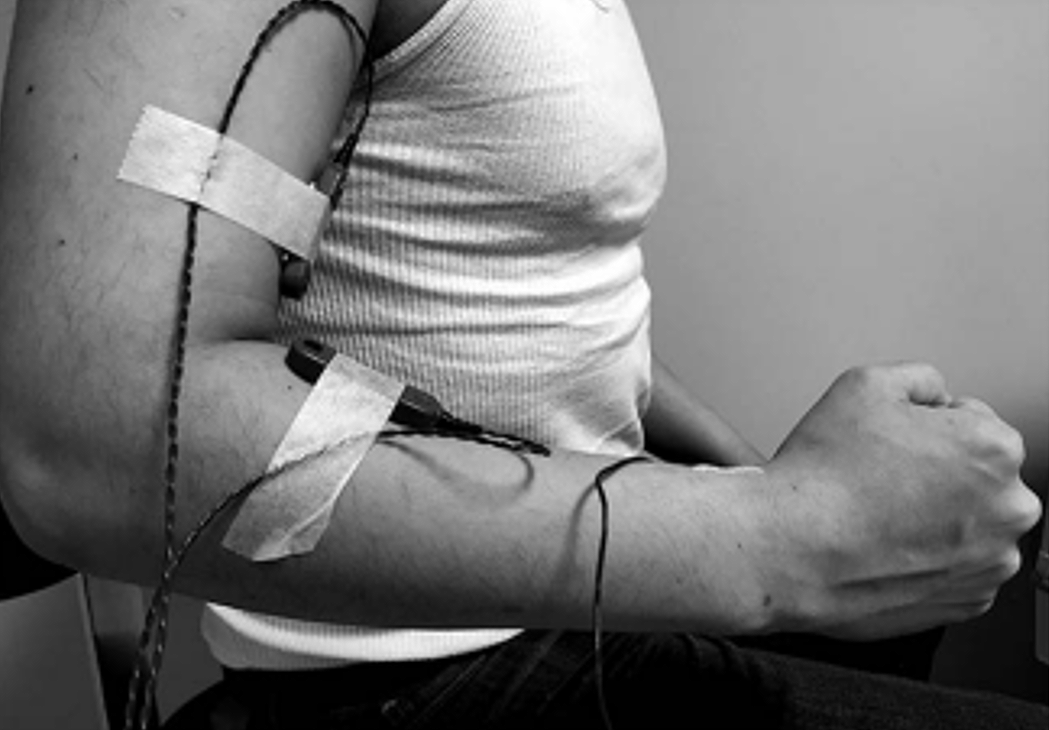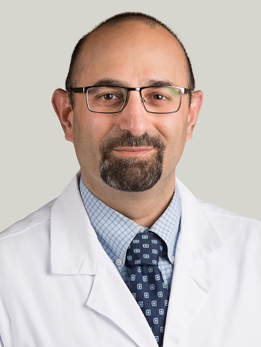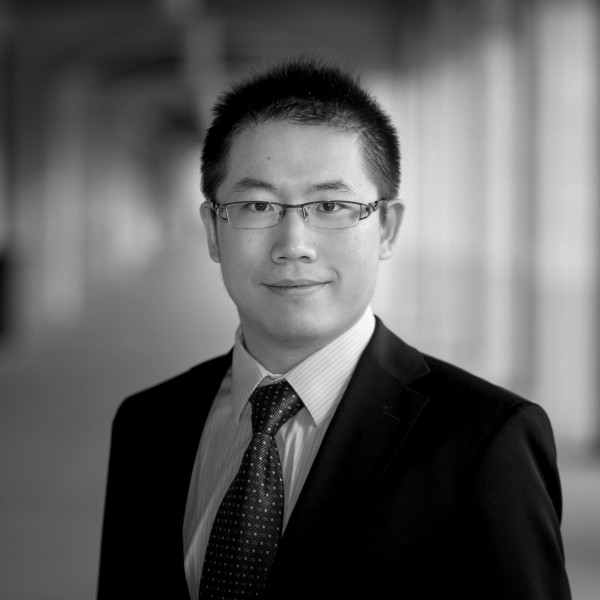Lou Gehrig's Disease: Designing Tools For A Cure

As we look to university and pharmaceutical labs to develop new treatments for debilitating diseases, we often overlook the fact that sometimes research tools—especially diagnostic tests—are essential to drug development. How can you test a drug without some kind of measuring stick to see if it works?

This has been a long-standing problem with research on amyotrophic lateral sclerosis (ALS), more popularly known as Lou Gehrig’s disease. ALS is pretty brutal. It starts with stiff or twitching muscles, then gradually increasing muscle weakness. Finally, the patient loses the ability to walk, talk, swallow, and breathe, characteristically dying within three years. If any disease course warrants intensive research for new treatments, ALS surely does.
Working across multiple fields, UChicago scientists and clinicians are now on their way to developing the first diagnostic tool that can both identify ALS in patients and help monitor treatment efficacy in real time. This minimally invasive device builds on the principles of electromyography (EMG), a technique for measuring how muscles respond to nerve stimulation.
Several years ago, Naoum Issa, MD, PhD, Kourosh Rezania, MD, and UChicago colleagues published a study showing that intermuscular coherence—the difference in response between two muscles stimulated by a single, shared nerve input—is an effective biomarker for ALS. They built an early version of a device with electrodes taped to the skin that proved 87% sensitive and specific in identifying ALS. They wanted to diagnose the disease as early as possible, before symptoms become debilitating, when aggressive rehabilitation can best bolster patients’ quality of life.

Seeking to improve the accuracy of their device, Issa and company found, a few blocks from their UChicago clinic, an expert in revolutionary new kinds of smaller, more sensitive electrical circuits. Sihong Wang, PhD, faculty at the Pritzker School of Molecular Engineering and a pioneer in soft, stretchable, polymer-based bioelectronics, was the perfect collaborator to provide the ALS team the improved, high-resolution circuits they needed. Wang’s flexible, skin-like electronics could not only increase the reliability and specificity of the device, but also make it lightweight, comfortable, and inexpensive to produce. Finally: an easy-to-use, cost-effective ALS diagnostic tool. Wang and colleagues could even fabricate prototypes readily at UChicago and Argonne National Laboratory.
Why stop there? What if they could miniaturize the devices as well?
Like most disease research, ALS trials start with research on animal models. UChicago has both worm (yes, worms share genes and neural systems with us relevant to ALS) and mouse models. The problem with both is that the current research endpoint is death—only then can scientists examine the animal’s neural system to measure how particular treatments worked.
What if you could miniaturize the ALS diagnostic device to fit on a mouse? Then you could test different drugs at various doses all throughout the mouse’s life. Real-time studies, in animals with such a short life span (affected mice show evidence of ALS just two months after birth), could generate rapid-fire data, accelerate discovery on disease mechanisms, and generate novel treatment and prevention strategies.
In the meantime, Wang and Nicho Hatsopoulos, PhD, an expert in both brain-machine interface research and intermuscular coherence, propose to work together on developing skin-like exoskeletons—imagine an Iron Man suit made out of Lycra—that could comfortably empower those with ALS to maintain effective movement for as long as possible.
It sounds like science fiction. But for too many years, ALS has diminished—even curtailed—what should be among the most productive, fulfilling years of patients’ lives. With continued research support, these physicians, scientists, engineers, and their teams aim to change that reality.
Elise Wachspress is a senior communications strategist for University of Chicago Medicine & Biological Sciences Development.